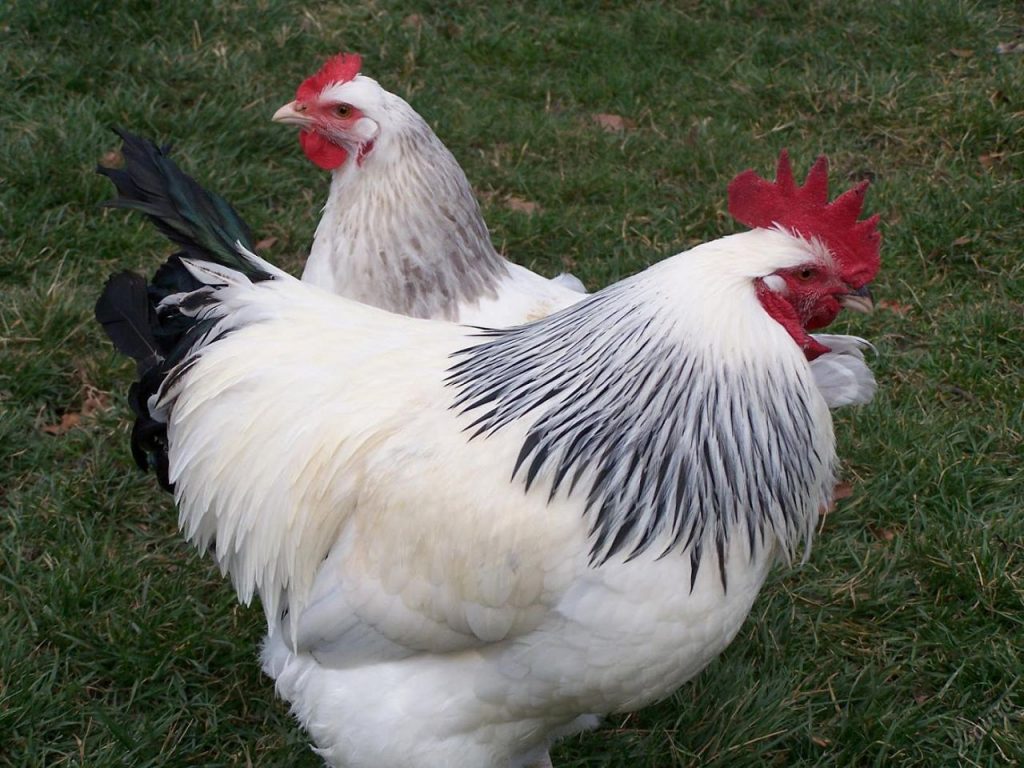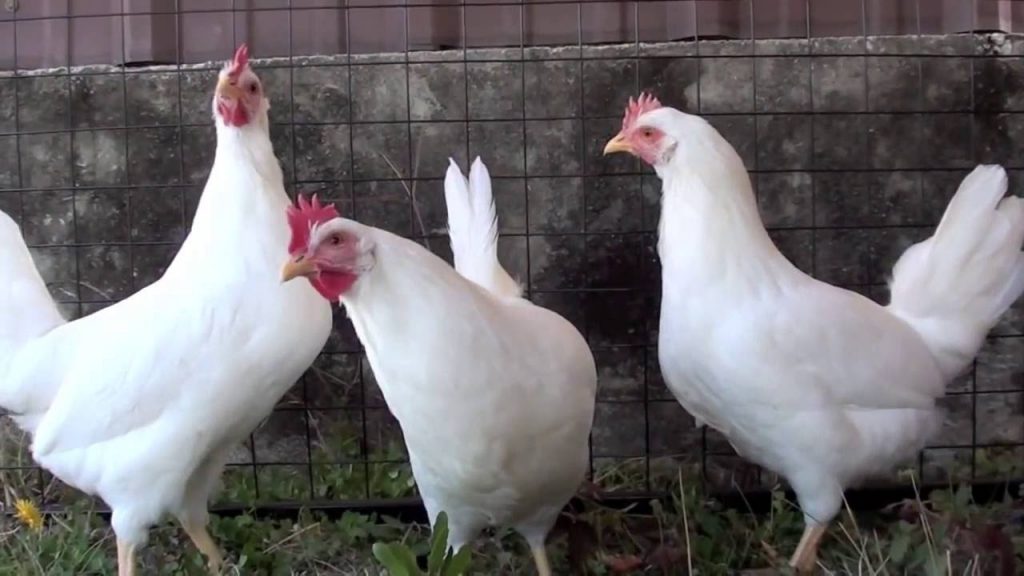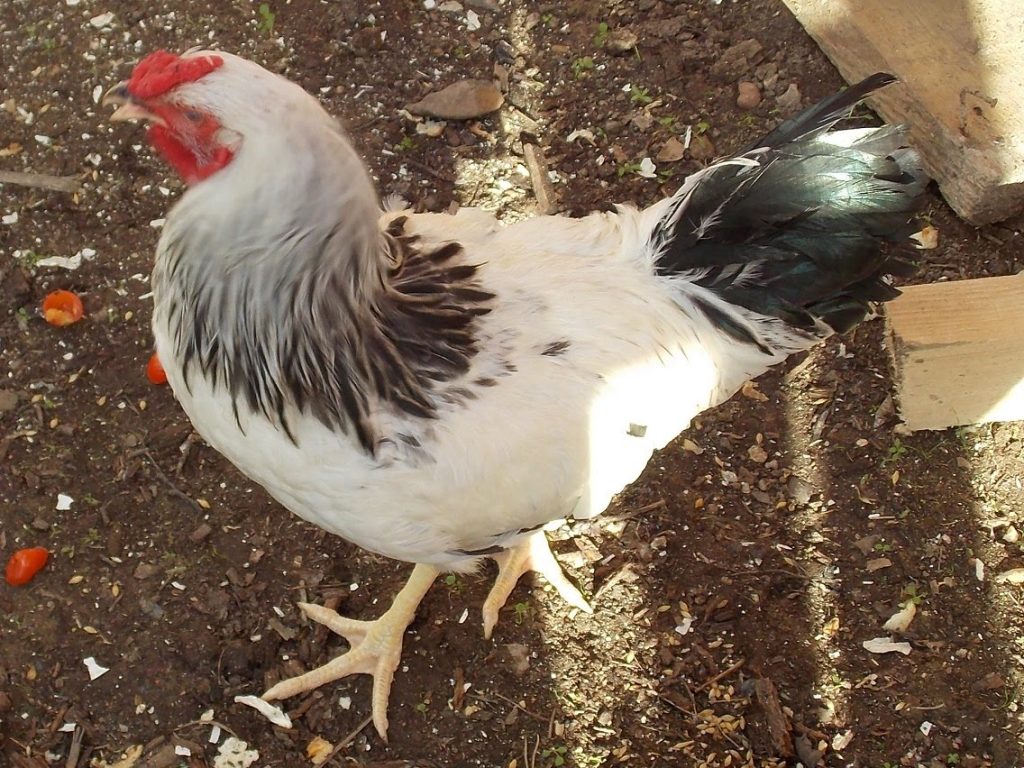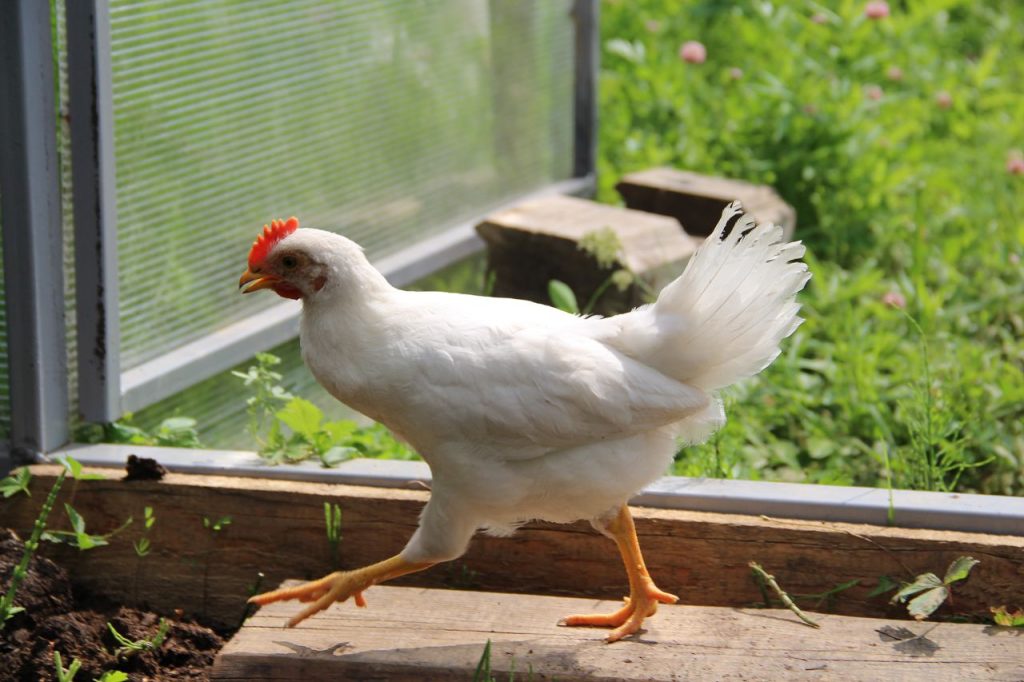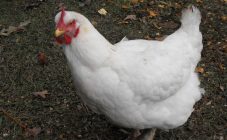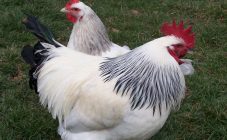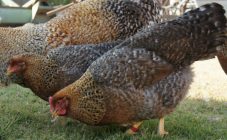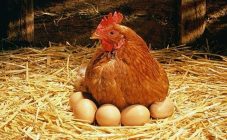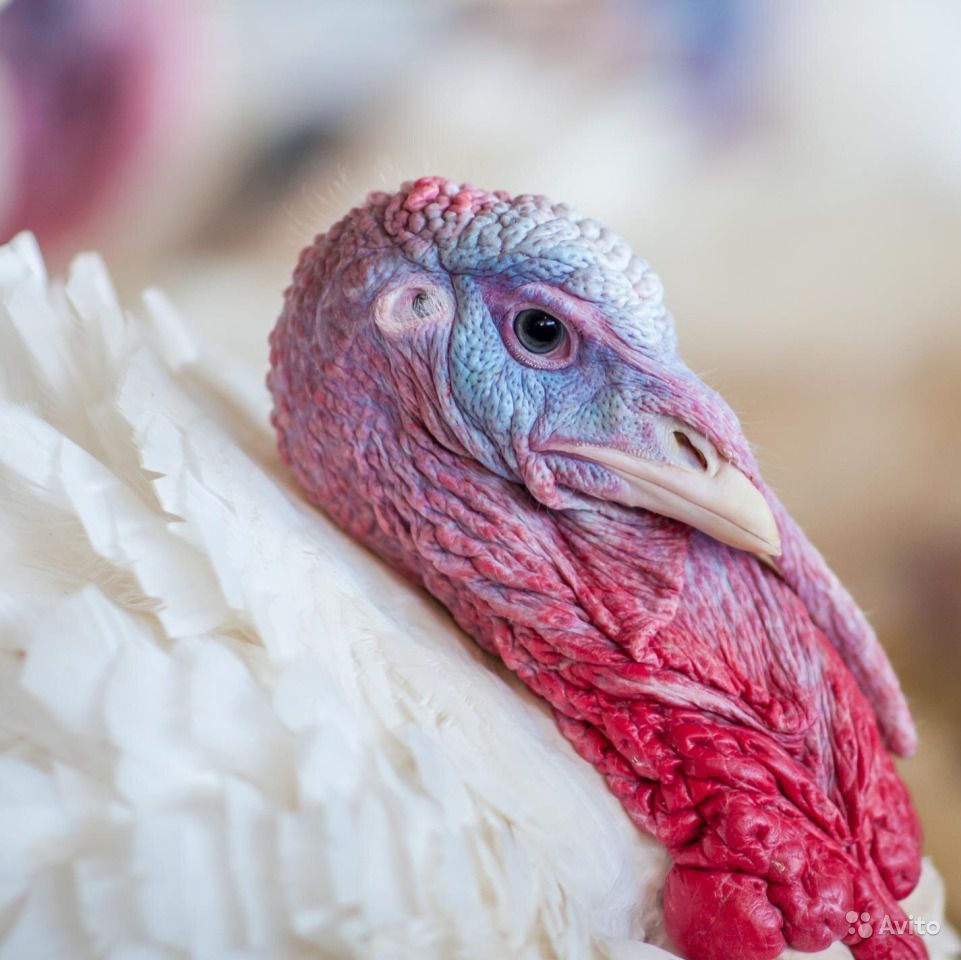Content:
Mankind does not know what happened before: an egg or a chicken, but how this bird was domesticated can be said for sure. It happened about 5 thousand years ago. The ancestors of this poultry are considered to be red jungle chickens (another name is wild bank). These wild birds are close relatives of pheasants. They can still be found in the wild. Fun fact: these birds fly quite well for themselves.
Chickens were first brought to Kievan Rus from Ancient Greece. Over the entire period of breeding domestic chickens, a huge number of breeds have been bred. The areas of application of these types are very diverse: this is both a fighting direction and a decorative one. But the most common is still used in the food industry. Chicken breeds are divided into three types:
- meat;
- meat and egg;
- egg.
Representatives of each of these varieties have certain characteristics. Meat breeds are large in size, have massive short legs and soft plumage, they are not demanding on keeping conditions. Egg (so-called layers), on the contrary, are birds with dense plumage, small in size, but with excellent egg production. Representatives of meat and egg breeds are considered universal birds. These are best suited for home gardens, as they make it possible to get both eggs and chicken.
In modern Russia, species bred in the 20th century are used in the economy. The most common now: Russian White, Leghorn, Loman Brown, Hisex Brown, Minorka, Hamburg.
White chicken breeds
The color of the plumage of the chickens directly depends on whether they will lay eggs: brown or white.
But often eggs with brown shells are more expensive than whites. Most likely the reason is that red and reddish-brown birds are usually larger in size than whites, therefore they require more feed and, accordingly, maintenance costs. The white plumage of these birds is determined by two pairs of unlinked non-allelic genes.
The exact color can be determined only after the chicks molt. Babies acquire adult plumage at the age of one to four weeks.
The most common breeds of white chickens are described below.
Adler silver
Bred by Adler breeders. This is a large, fast growing bird with a stable egg production and tasty meat (refers to meat and egg). Thoroughbred chickens are distinguished by high vitality: they tolerate cold winters well, change of environment and diet.
Egg production is up to four years, while the quality and quantity of eggs does not decrease throughout this period. It brings up to 200 eggs per year (large individuals are smaller, about 180 eggs). The hen produces eggs at the age of six months. The eggs are light brown.
These chickens have an interesting Colombian color: the entire body is covered with white plumage, and the plaits, flight feathers and neck are black.
Yearling females weigh about 2.5 kg, males 4 kg.
White Leghorn
White chickens of this breed appeared in the 19th century in Italy. Later in the United States, they were crossed with other breeds to increase egg production.
They are unpretentious in maintenance and ripen early, easily adapt to various conditions. It is considered one of the most productive breeds, with a high egg production: hens lay about 300 eggs per year. Thus, they rush almost once a day.After the first year of life, hens' performance drops, after which they are usually slaughtered for meat.
Breed peculiarity: dense plumage, red catkins and leaf-shaped crest. Chickens of this breed with a large ridge hanging to one side, while the rooster has it upright. The neck is long, the chest is voluminous, the tail is at an angle of 35-40 °. They have a proud look and special appearance. Control weighing shows: the weight of the rooster reaches 2.7 kg, and the female from 1.5 to 2 kg.
Cornish (Cornish)
A meat breed developed in the middle of the 19th century in Great Britain. The most common breed of meat production.
Birds of good productivity, unpretentious to the environment and nutrition. The live weight of males reaches 3.5-4.5 kg, females up to 3.5 kg. Young animals are distinguished by their endurance and grow rapidly: by the age of two months they have a live weight of 1.5 kg (hens) to 2 kg (males).
Chickens of this breed with a large comb, the color of the feathers is white.
They lay an average of 120 eggs per year. The shell color is cream. They retain the incubation instinct well.
Pervomaiskaya
This breed was developed in Ukraine in the 30s of the XX century. This breed is distinguished by its interesting appearance and good health. It has excellent meatiness and egg production, unpretentious breeding. White laying hens of this breed willingly sit on the clutch. The number of eggs laid is 150-190 per year. They begin to lay eggs from 6-7 months.
The plumage is silvery-white with dark feathers at the ends of the wings, tail and mane. At the same time, the color of dark feathers is heterogeneous: from black it passes to dark gray.
Roosters are much larger than chickens, which is why they can injure them while stomping. Male weight from 2.8 to 3.7 kg, female 2.2-3.5 kg.
Russian white
Bred in the 30s of the XX century. This is a real classic among white chickens, as it was most widespread in Russia. Until the end of the 90s of the last century, it remained the most popular. Russian white breed of chickens - the description should begin with the most important positive qualities of this bird: high immunity and stress resistance. Sexual maturity occurs at 5 months, in males a little earlier.
Eggs of snow-white color (less often slightly creamy), up to 244 pieces are produced per year. Birds do not have a gene for maternal instinct, so to breed chickens, you must use females of a different breed or an incubator. Chicken of this breed is lean, does not differ in special taste.
Russian whites are very small in size: females weigh up to 1.8 kg, and males up to 2.5 kg. As a result, they consume less feed. The plumage and earlobes are white, the tuft and earrings are bright red. This breed of chickens also has a large hanging comb. It is leafy, erect in roosters, and laying hens are white with a large comb on the side. The breed is resistant to many diseases, including leukemia, crooked toes and Marek's disease.
Breeding white chickens
For inexperienced poultry farmers, Russian whites or Leghorn chickens are suitable, since they are absolutely unpretentious in terms of keeping conditions. It is better to keep them in open-air cages with the ability to walk outside, but you can get by with a cage.
In a hen house with the possibility of walking, it is recommended to cover the floor with straw, hay or sawdust, insulate the walls from drafts and frost. The temperature in the chicken coop should be at least 8-10 degrees. In no case should the temperature drop below 0 degrees! In summer, the temperature should not rise above +25 degrees.
Better to isolate the birds from stress, not to frighten or change their lifestyle once again. All of this can affect how many eggs they lay.
The coop should be cleaned daily and the litter should be changed every couple of weeks. If you carry out regular sanitization of the chicken coop, then there will be no unpleasant smell from it.
It is better to choose food that is well balanced in terms of proteins, with the presence of minerals in the composition. The feeders should always contain grain, as well as bone meal, chalk, lime and other additives. Water should be offered clean and fresh.
It is recommended to feed the chickens of the first days of life with an egg, rolled in semolina. Then introduce greens, bone meal, and so on into the diet. By the age of one month, chickens consume the same food as adults. At the age of 2-3 weeks, you can understand the sex of the chicken: in cockerels, the combs are large in size and turn red, in chickens they are yellow-pink.
Breeding white birds is no different from breeding chickens of other feather colors. Breeding chickens will give the poultry farmer many benefits and can be very beneficial. At relatively low cost, with the help of white chickens, you can get a lot of eggs and meat.

